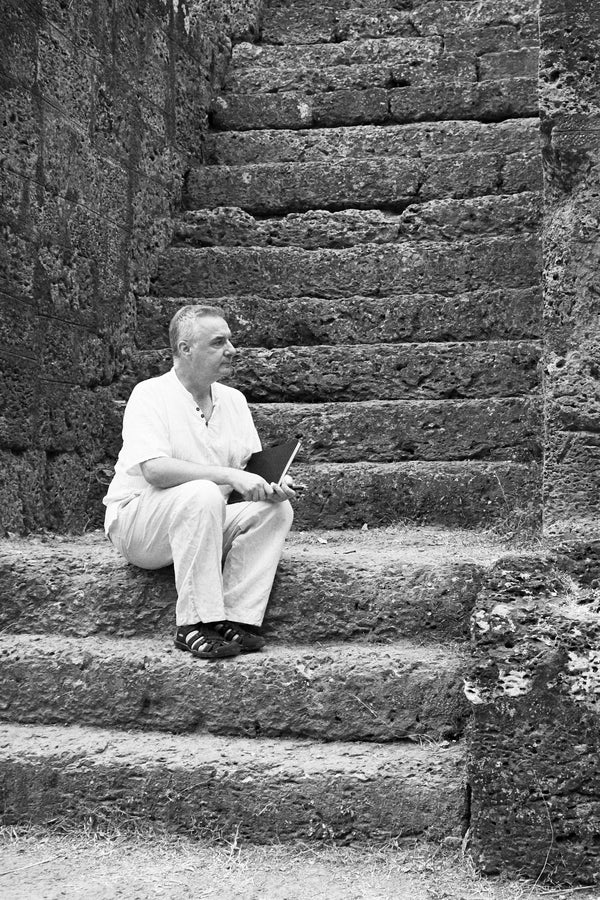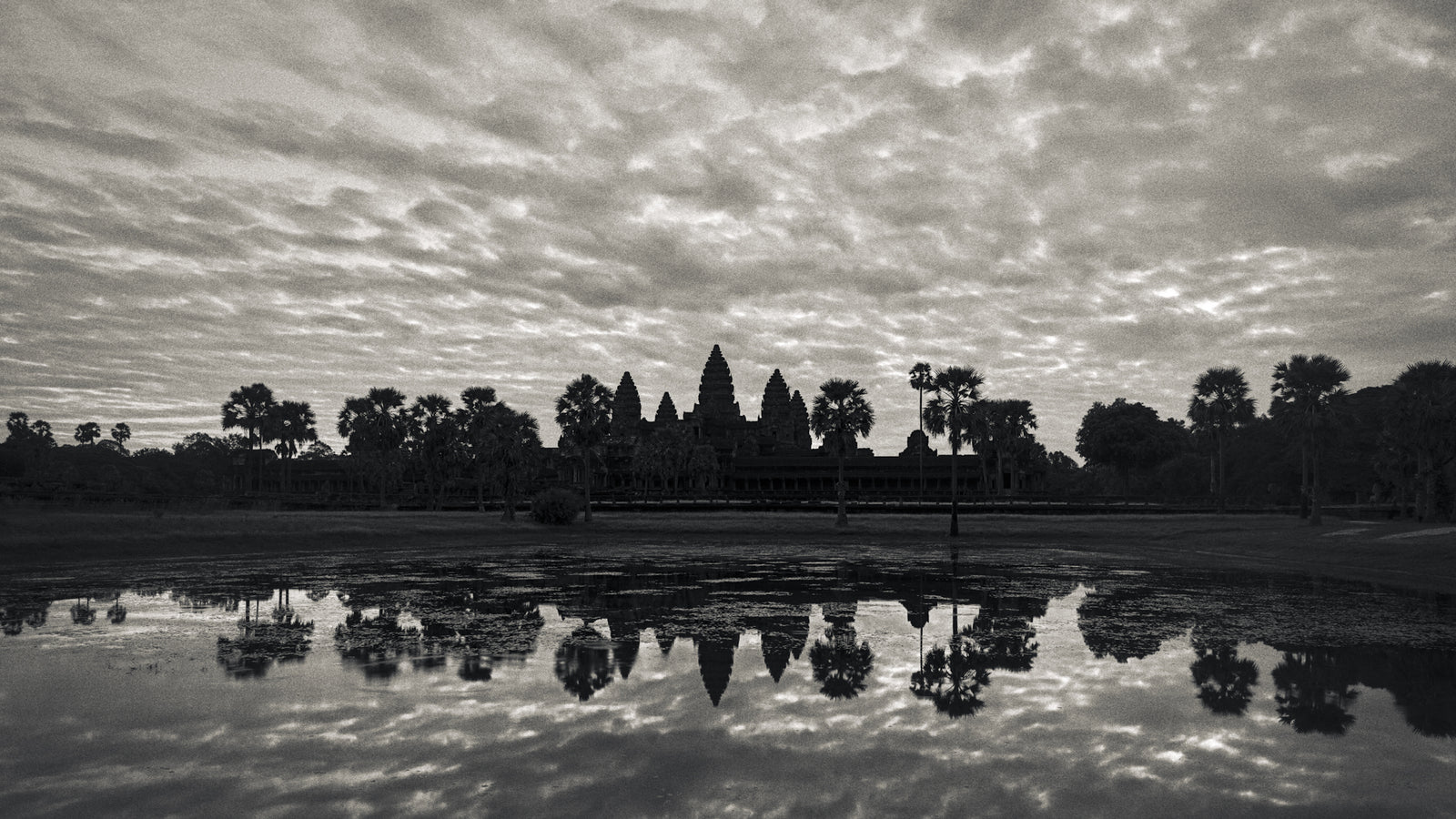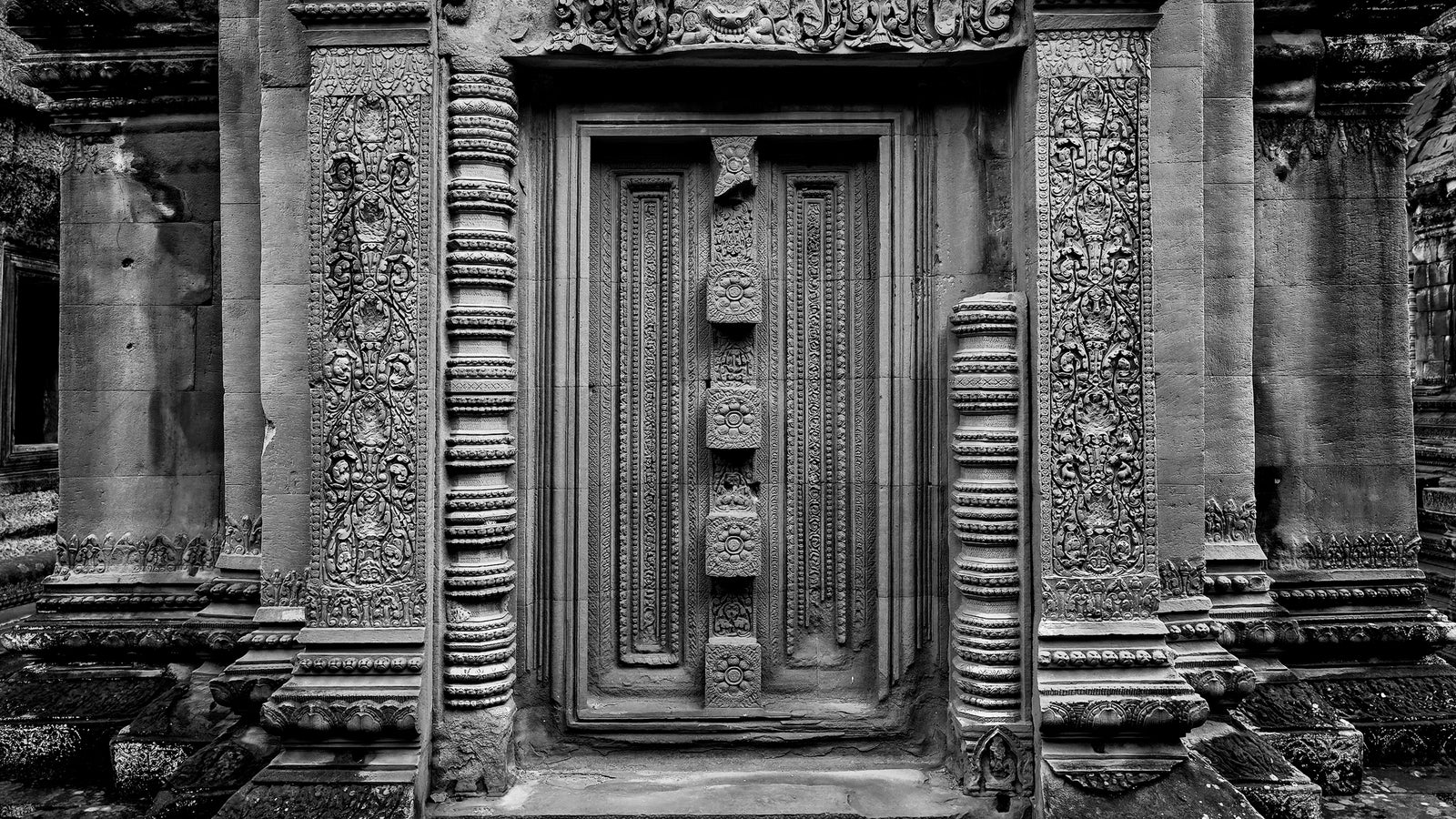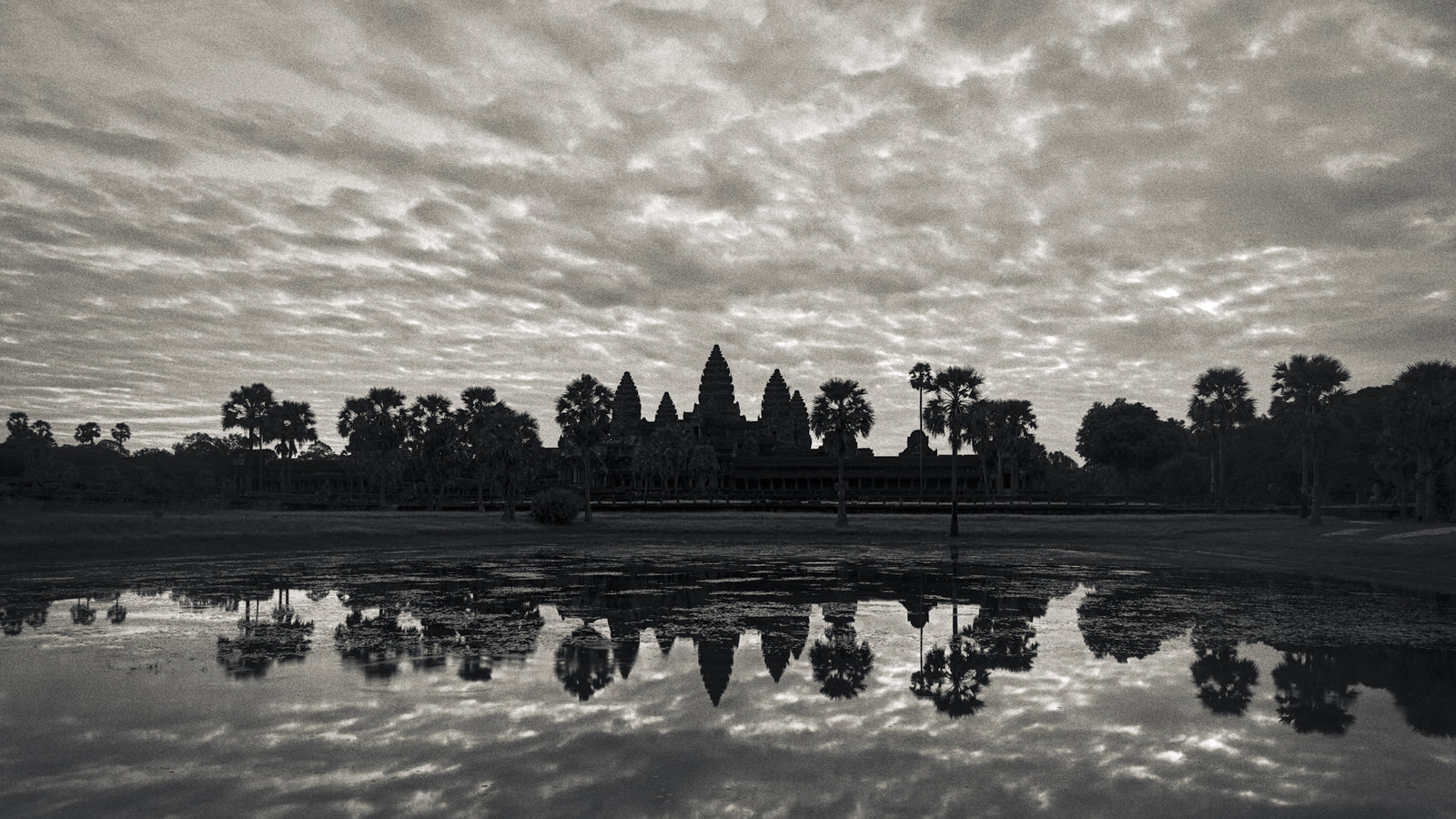Complimentary worldwide shipping on orders over $400 · No import tariffs for most countries
Complimentary worldwide shipping on orders over $400 · No import tariffs for most countries
Jayavarman VIII
1 min read
| Preceded by Indravarman II 1220 – 1243/1270* |
Jayavarman VIII Emperor of Angkor 1243/1270* – 1295 |
Succeeded by Indravarman III 1295 – 1308 |
| Religion: | Hindu (Shaivite) |
| Monuments: |
Terrace of the Leper King (expanded) Preah Pithu Temple Group East Top Temple (1295) |
| Relatives: | Son of Indravarman II (reign 1220 – 1243/1270 CE) Father-in-law to Indravarman III (reign 1295 – 1308 CE) |
Jayavarman VIII (Khmer: ជ័យវរ្ម័នទី៨) was a Shaivite, reverting the Angkor empire to Hinduism from his father's religion of Buddhism, and patronised Hinduism throughout his reign.
He is often said to be responsible for initiating an iconoclastic campaign, during which most of Angkor’s Buddha images were defaced or destroyed, but I am not so sure – for my thoughts on this matter see The Hindu Reaction.
During his reign, the Mongol troops of Kublai Khan (Yuan Dynasty) threatened the empire from the north and east, having invaded neighbouring Vietnam (Chen Dynasty). Jayavarman VIII did not wage war with the Mongols, wisely choosing to pay tribute, thereby preserving the empire. Chinese annals record that in 1291, "the king of Lohu" [Cambodia] sent a mission who presented “the usual tribute of gold, elephant ivory and other things”.
Jayavarman VIII also suffered increasing pressure from the west, culminating in a devastating war against the Sukhothai Kingdom.
In 1295, Jayavarman VIII dedicated the Hindu shrine East Top Temple (Mangalartha), the last dated temple to be built in Angkor.
He was overthrown by his son-in-law Indravarman III (Srindravarman), a Theravada Buddhist.
Jayavarman VIII was given the posthumous name Paramesvarapada.
Also in Angkorpedia
Join My Studio Journal
Receive occasional letters from my studio in Siem Reap—offering a glimpse into my creative process, early access to new fine art prints, field notes from the temples of Angkor, exhibition announcements, and reflections on beauty, impermanence, and the spirit of place.
No noise. No clutter. Just quiet inspiration, delivered gently.
Subscribe and stay connected to the unfolding story.

Join My Studio Journal
Receive occasional letters from my studio in Siem Reap—offering a glimpse into my creative process, early access to new fine art prints, field notes from the temples of Angkor, exhibition announcements, and reflections on beauty, impermanence, and the spirit of place.
No noise. No clutter. Just quiet inspiration, delivered gently.
Subscribe and stay connected to the unfolding story.



